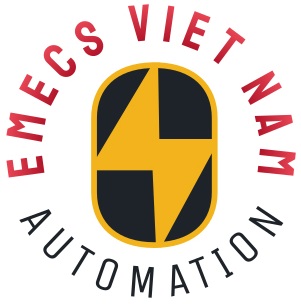UTSAE B17CLE Robot Motor Encoder , 2000W 17 Bit Absolute Rotary Encoder
Servo Motor EncoderY askawa UTSAE-B17CLE Robot Encoder for Servo Motor SGMRS-06A2B-YR12 2000W 17 Bit
QUICK DETAILS
- Brand :Yaskawa
- Model :UTSAE-B17CLE
- Place of Origin :Japan
DESCRIPTION
- Servo Motor Encoder
- Yaskawa Electric
-
Incremental Encoder
SPECIFITIONS
| Model Number | UTSAE-B17CLE |
| Category | Internal encoders |
| Manufacturer | Yaskawa |
| Series | UT series Encoders for AC Servo and Spindle motors |
| Type | Absolute Encoder |
| Name of series | CL |
| Resolution | 17 Bit |
How accurate will an encoder be in my application?
Encoders can provide a very accurate indication of rotational position, but it’s impossible to say how accurate a given encoder will be in a real-world application. Mechanical inaccuracies and electrical issues such as noise, or lost counts can affect the accuracy of any system. A good rule of thumb is to design the system to measure from 2 to 5 times more resolution than your desired accuracy. For example: if you wish to accurately measure movement of 1/100th of an inch, you should select an encoder that can deliver at least 200 counts per inch of resolution. In a rotary application – if you need accuracy within 6 degrees, select an encoder that can deliver at least 120 counts per revolution ( a resolution of 3 degrees) to your controller.
What is gray code?
Gray code is a form of binary. The difference between gray code and binary is the method of incrementing to the next number. In gray code, only one digit may change states for every increment. This means the count sequence would look something like this: 0, 1, 3, 2, 6, and 7. This is different than standard binary, where the sequence would be 0,1, 2, 3, 4, and 5.
Gray code is used to prevent errors as transitions to the next state occur. An example of how an error could occur would be when both values in the sequence were true. This can occur due to the timing sequence and the capacitance of the cable. The transition from 0011 to 0100 could cause 0111 to be gene
How do I convert gray code to binary?
The conversion from gray code to binary is simple.
Step 1: Write the number down and copy the left most digit under itself.
Step 2: Add the highlighted binary digit to the gray code immediately up and to the right of it. So, 1 plus 1 is 0 dropping the carried digit. Write the result next to the binary digit just added. Drop all of the carried digits.
Step 3: Repeat Step 2 until the number is completed.
Encoder Couplings – Dimensions
SIMILAR PRODUCTS
| UTMAH-B15BSB | UTMSI-10AABAAC | UTMSI-10AABBAD |
| UTMSI-10AABDZE | UTMSI-10AADDZU | UTMAH-B15AS |
| UTOPE-300FC80 | UTOPH-150VP | UTMAH-B15ASB |
| UTOPH-500VB | UTOPH-81AUS | UTMSI-20AADDZN |
| UTOPH-81AVF | UTOPH-81AWF | UTMSI-20AADDZN |
| UTOPI-500UB | UTOPI-600UB | UTSIH-B17CK |
| UTOPE-10ANK |
OTHER SUPERIOR PRODUCTS
| Yasakawa Motor, Driver SG- | Mitsubishi Motor HC-,HA- |
| Westinghouse Modules 1C-,5X- | Emerson VE-,KJ- |
| Honeywell TC-,TK- | GE Modules IC – |
| Fanuc motor A0- | Yokogawa transmitter EJA- |


